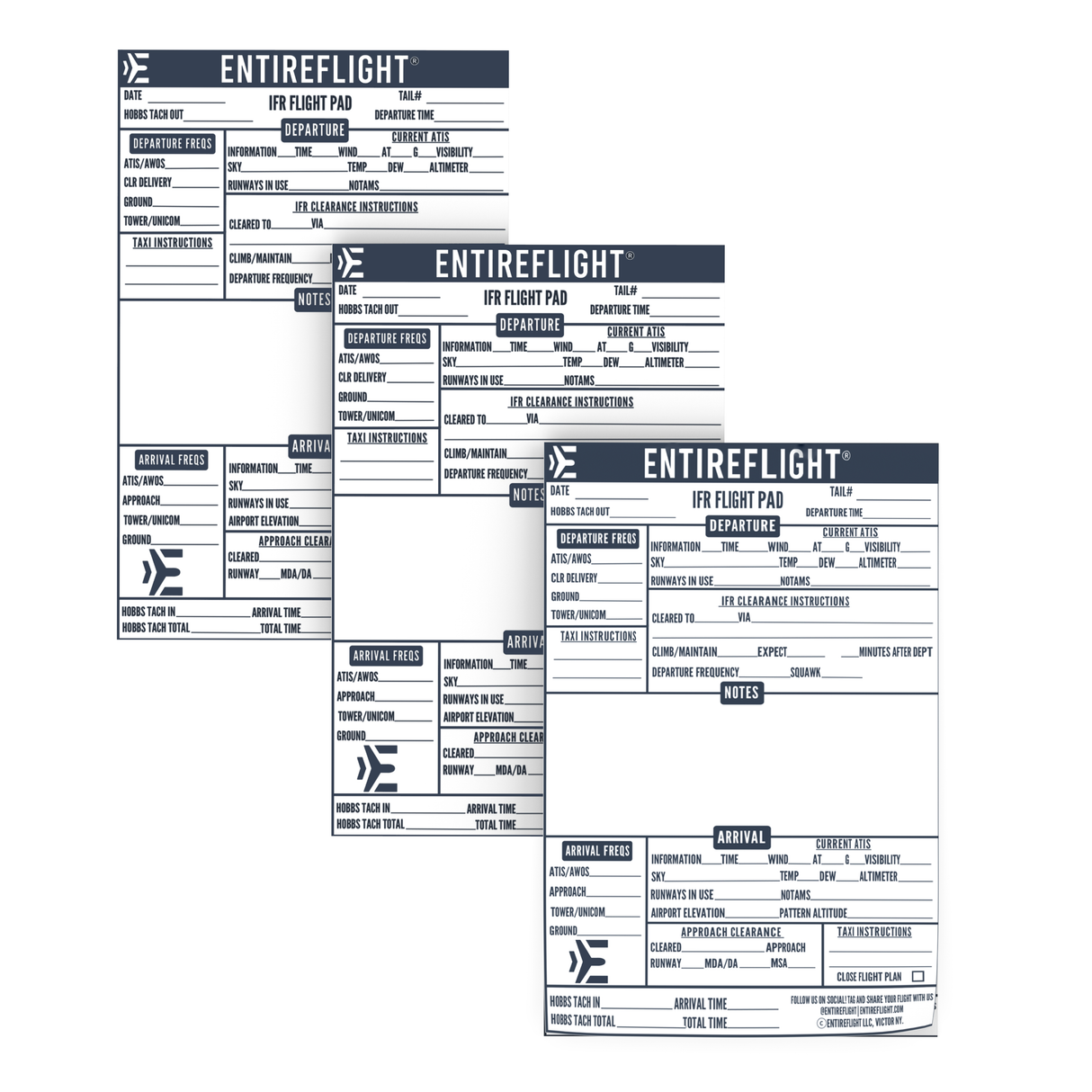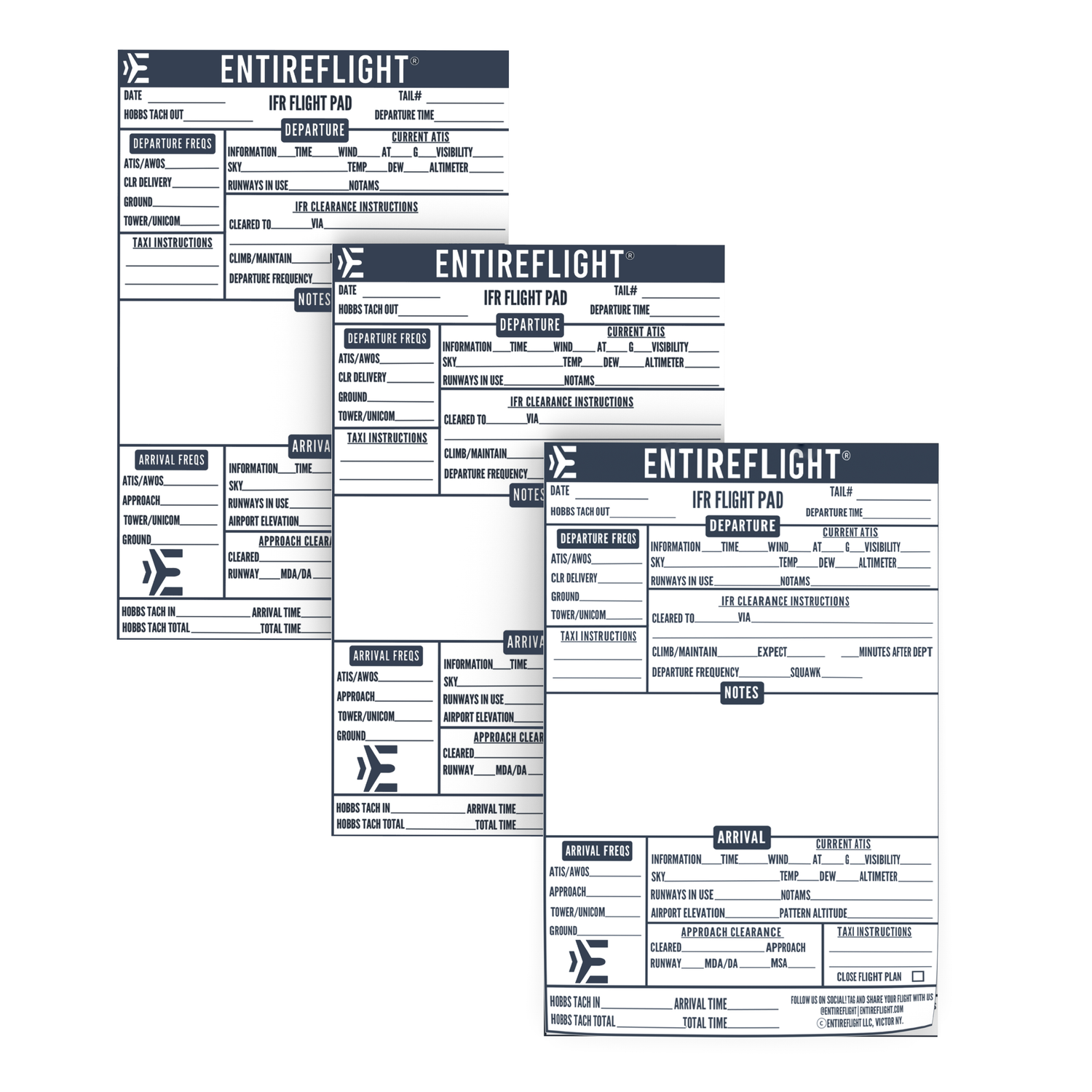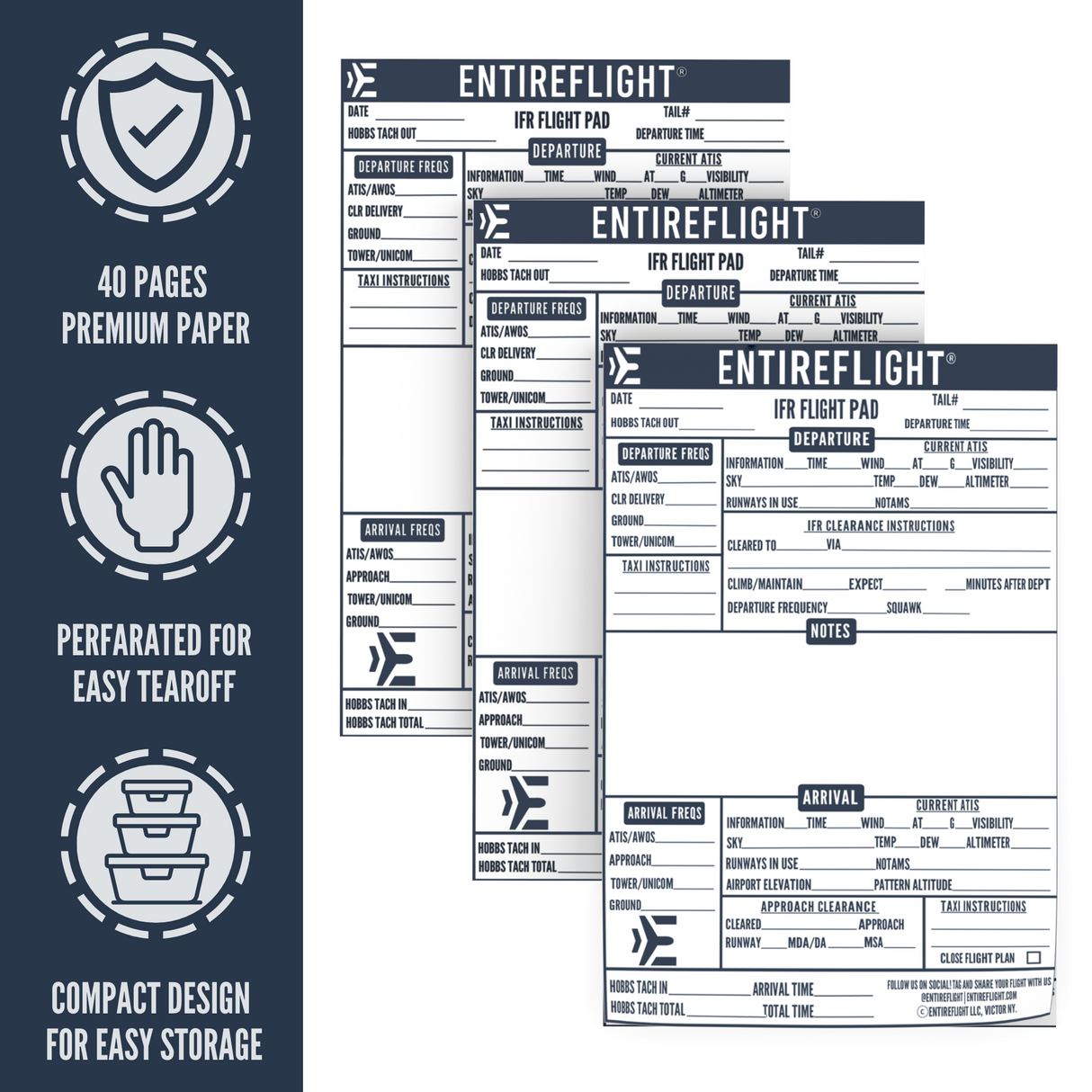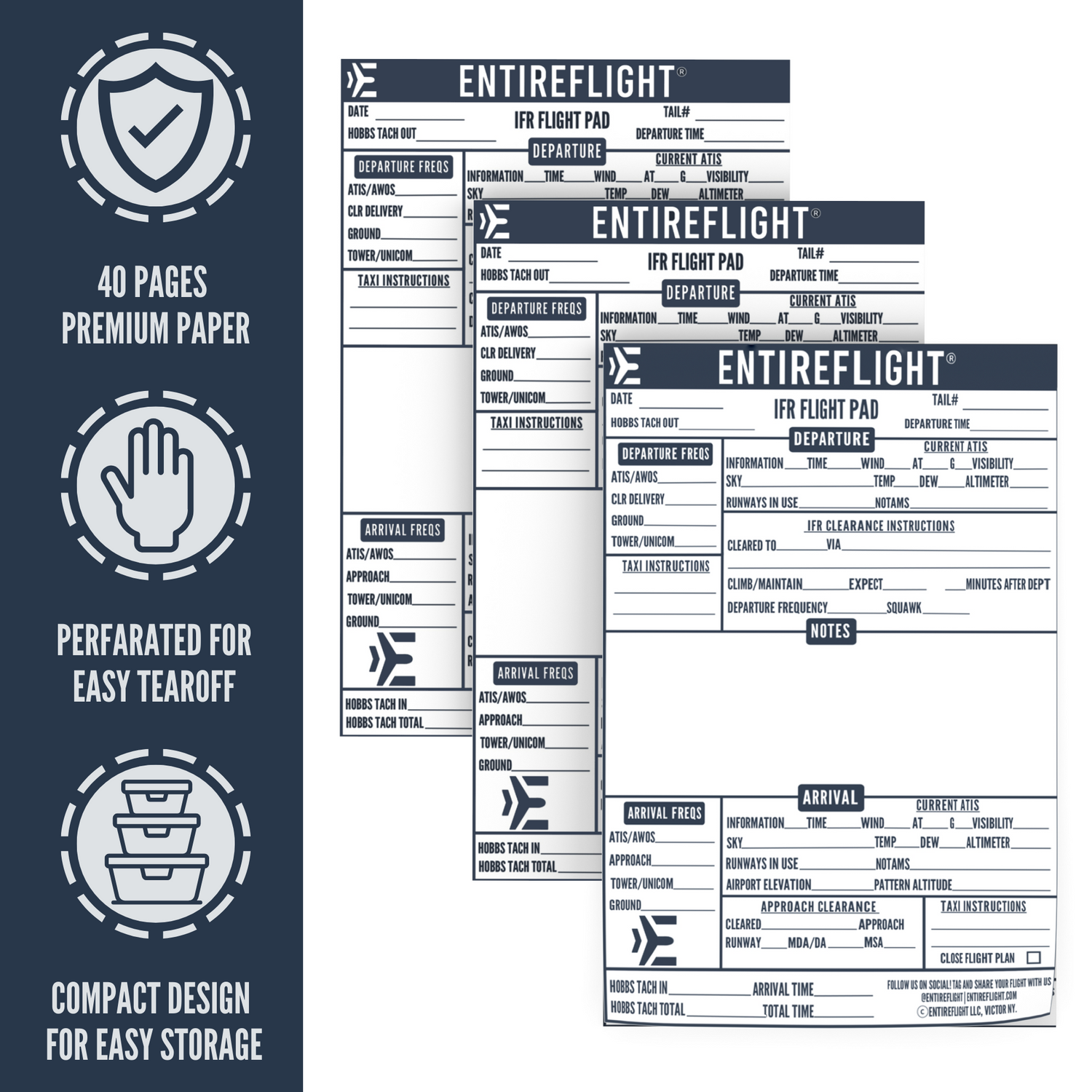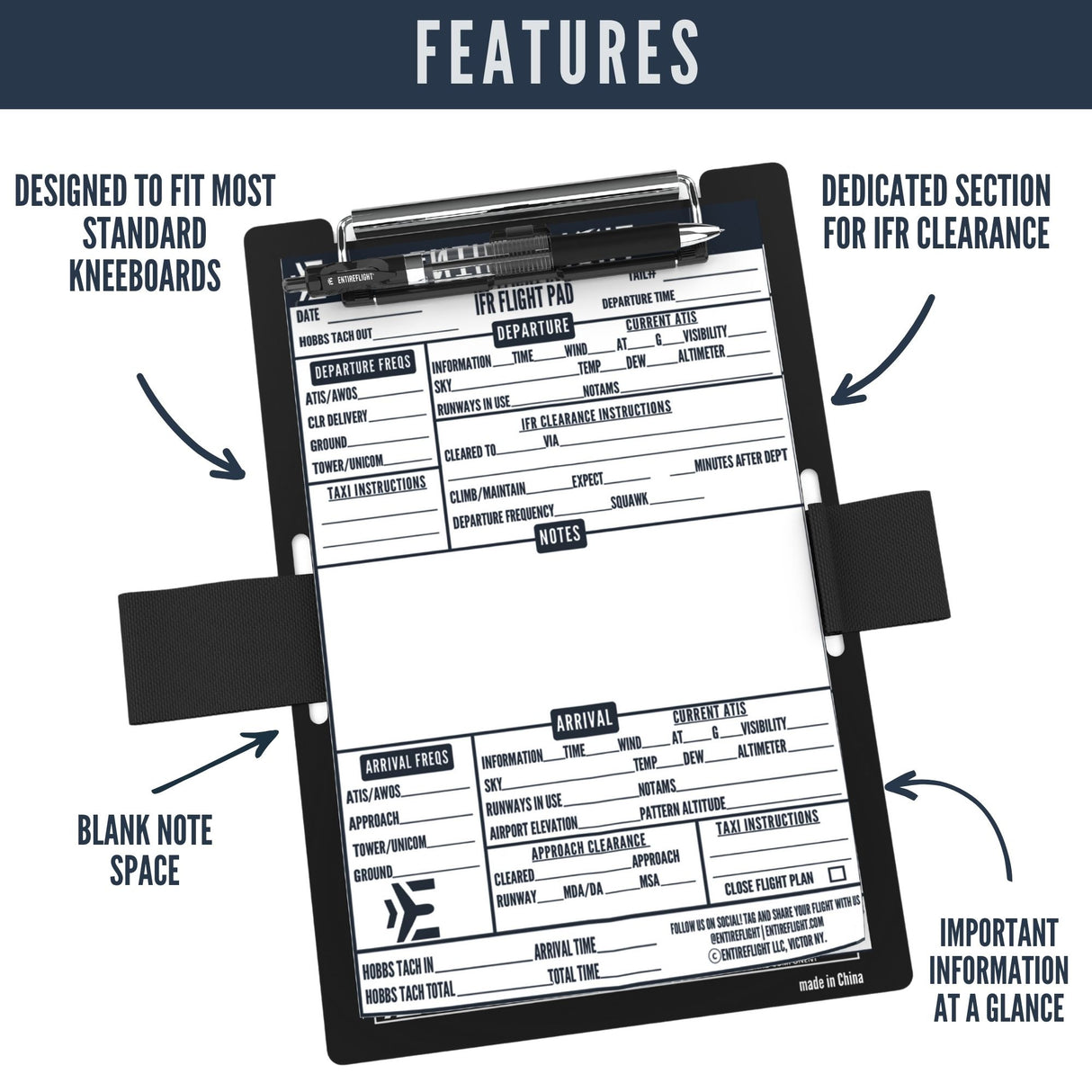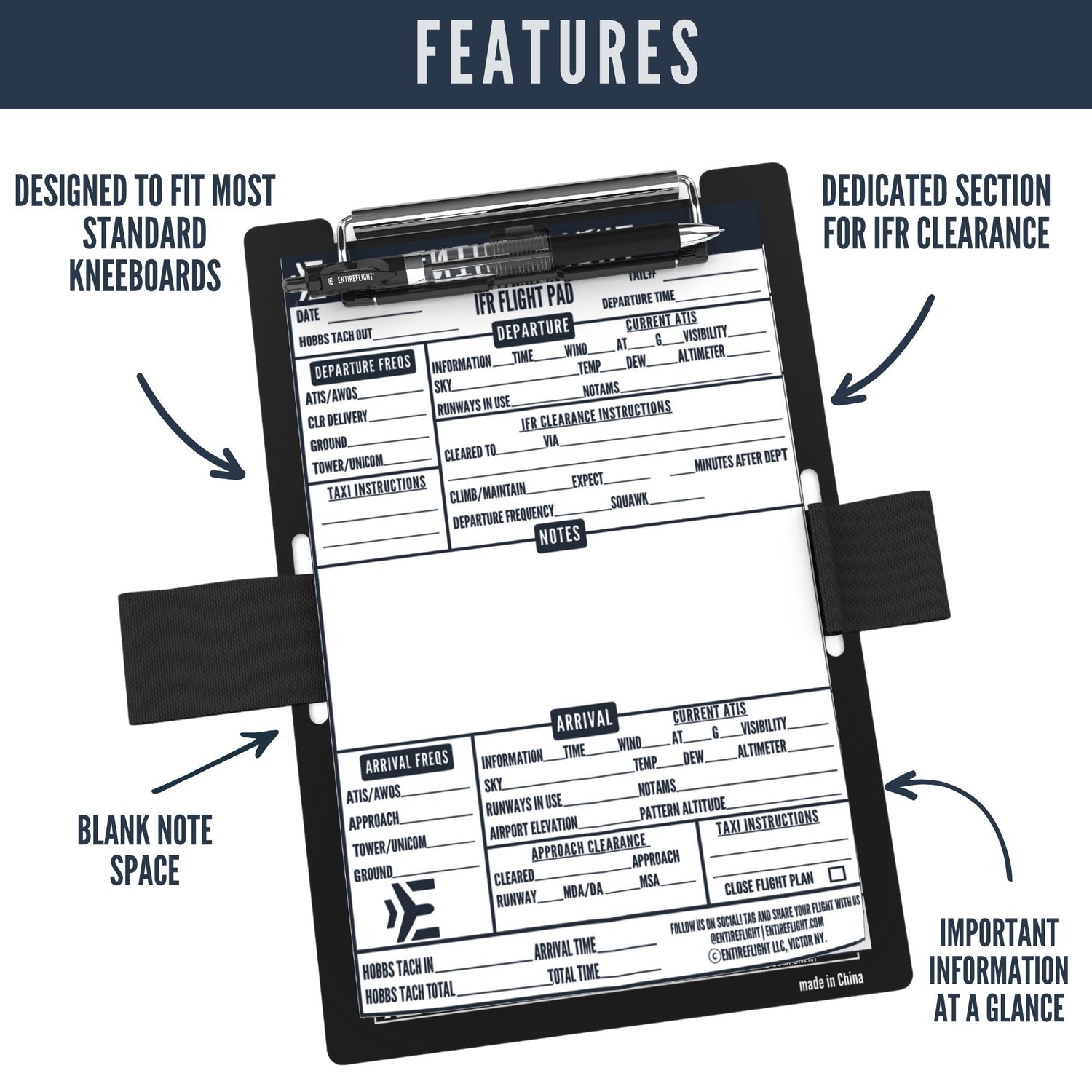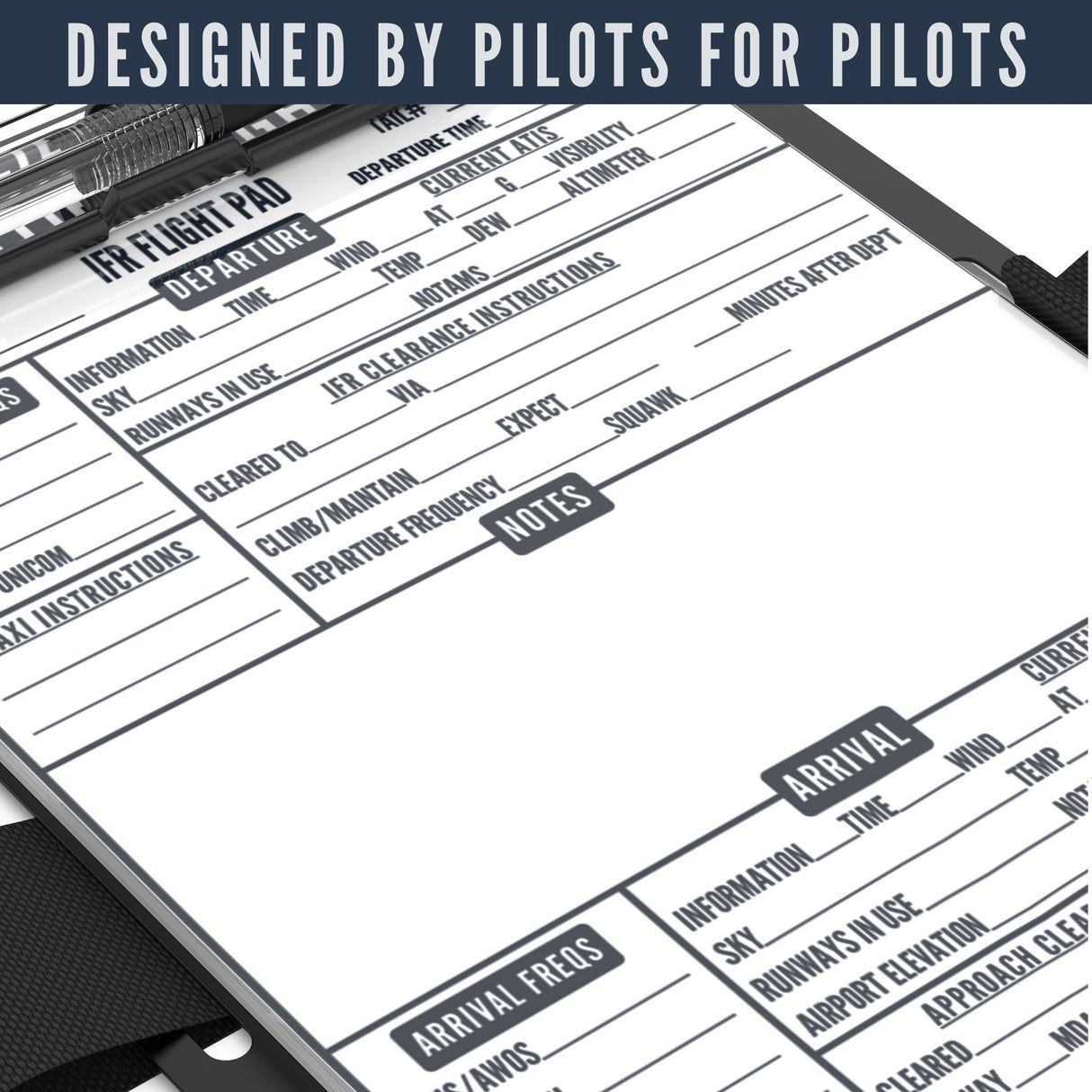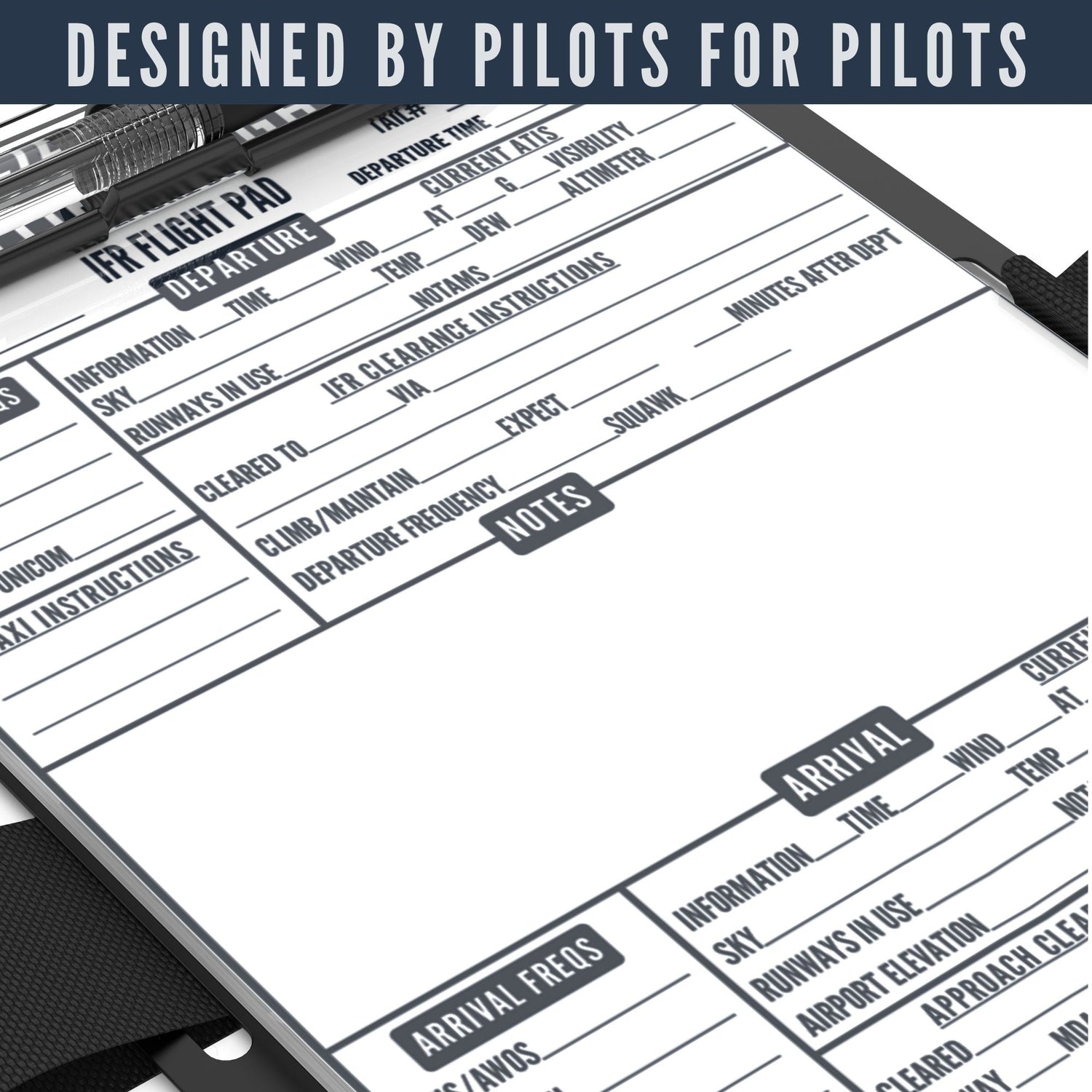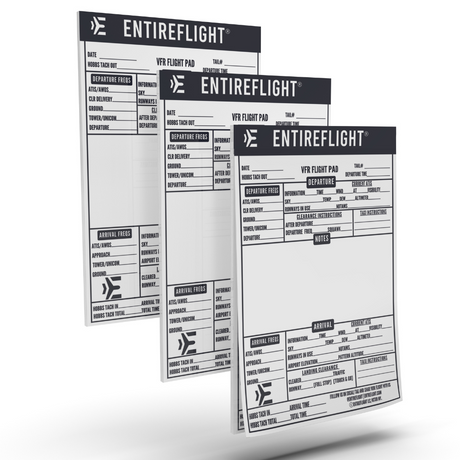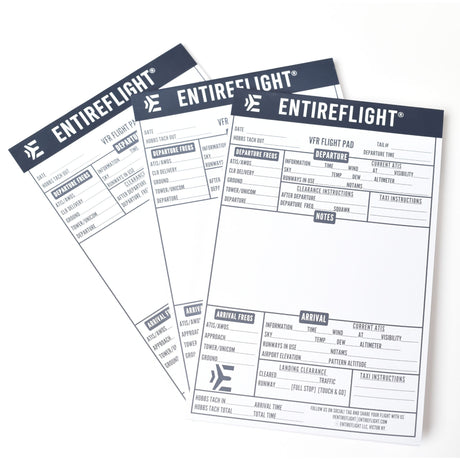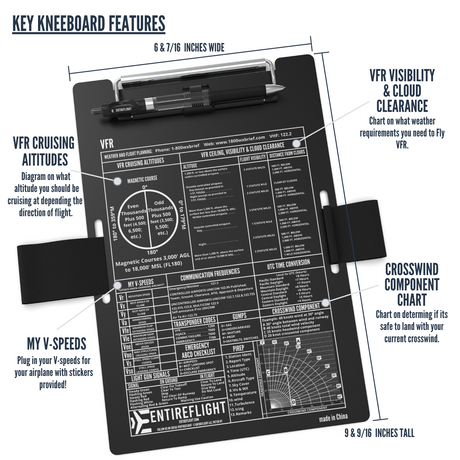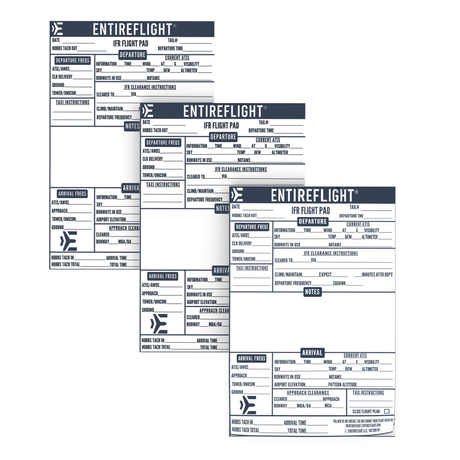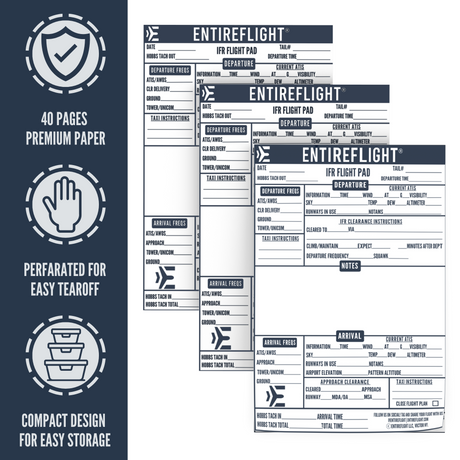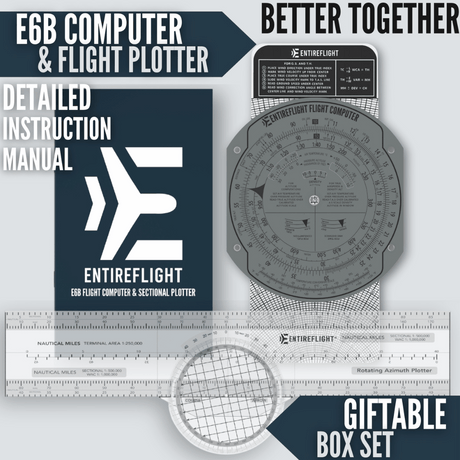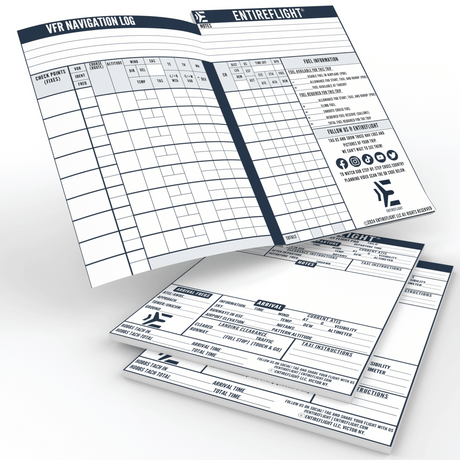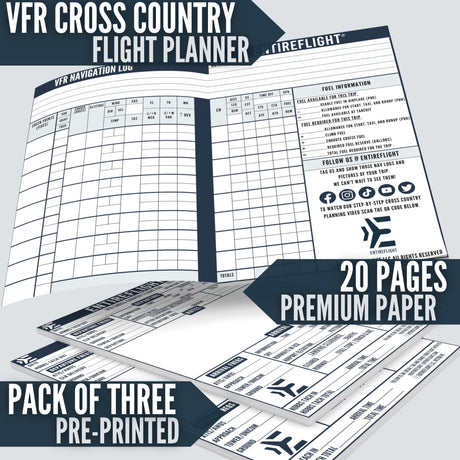Mastering the Visual Descent Point in Instrument Approach Procedures
The journey of a thousand miles begins with a single step, and the journey of a flight ends with a landing - a critical phase that demands precision, control, and a thorough understanding of key concepts. Among these, the Visual Descent Point (VDP) stands out as a crucial component in landing aircraft smoothly and safely.
Whether you're a novice pilot eagerly absorbing every piece of aviation knowledge, or a seasoned aviator seeking to refine your technique, mastering the VDP can significantly enhance your landing precision. It's an invisible yet vital target in the sky, marking the perfect moment to begin your descent onto the runway. Stray from this point, and you risk an uncomfortable landing; stick with it, and experience the satisfaction of a smooth touchdown.
In this blog post, we'll embark on an in-depth exploration of the VDP – from the fundamental concepts and theoretical underpinnings, to its practical application in various landing scenarios. We'll tap into the wealth of knowledge from experienced pilots and educators, bringing you practical tips and strategies to enhance your understanding and mastery of the VDP.
So, buckle up and get ready to dive into the world of Visual Descent Points. Here's to safer, smoother, and more precise landings, one flight at a time!
Key Takeaways
- The Visual Descent Point is a crucial element in instrument landing procedures, allowing pilots to start descending toward the runway in visually challenging conditions.
- Pilots must accurately calculate the VDP based on factors like groundspeed, distance from the runway, altitude, weather conditions, and wind speed/direction.
- Understanding the difference between the VDP and Missed Approach Point (MAP) is important for making informed decisions.
- Accurately determining and understanding the VDP enhances safety, situational awareness, compliance with aviation regulations, and successful landings.
What is the Visual Descent Point?
The Visual Descent Point is a crucial element in instrument landing procedures, providing pilots with the necessary information to transition from non-precision approaches to visual flight for safe and accurate landings.
Definition and purpose
The Visual Descent Point is a carefully calculated point along your approach path. It is the point from which you can begin descending toward the runway while maintaining necessary safety boundaries.
Flying beyond this point without sighting crucial visual references might necessitate executing a missed landing procedure. This descent marker plays an imperative role when you're conducting non-precision approaches where no vertical guidance like glide slope is available to aid your landing journey.
Hence, understanding and accurately identifying the purpose of Visual Descent Point becomes essential for ensuring safe instrument landing procedures and securing successful landings.
Reaching the VDP in Non-Precision Approach
The Visual Descent Point plays a pivotal role in non-precision approaches. Unlike precision approaches, pilots conducting non-precision approaches lack such assistance for their descent. Instead, they rely on the Visual Descent Point to determine the optimal moment to initiate their descent toward the runway. Even without clear visibility of the runway, the VDP allows pilots to descend below the Minimum Descent Altitude (MDA).
By precisely calculating and identifying the Visual Descent Point, pilots can ensure situational awareness and make well-informed decisions throughout their approach and landing. This crucial reference point empowers them to maintain control and safety in challenging weather conditions, enhancing overall flight reliability.
Calculating the VDP
Calculating the Visual Descent Point is a crucial step in aviation. Here is a basic step-by-step guide for calculating the VDP:
Step 1: Gather Required Information
Before starting the calculation, gather the necessary data for the approach:
- Groundspeed (GS): The speed of the aircraft relative to the ground, usually measured in knots (NM/hr).
- Descent Rate (DR): The vertical speed at which the aircraft descends during the approach, typically measured in feet per minute (FPM) or meters per minute (MPM).
- Altitude of the runway threshold (ARPT): The elevation of the runway threshold, which is available from approach charts or the airport's elevation.
Step 2: Determine Required Descent Gradient (RDG)
The Required Descent Gradient (RDG) is the rate of descent required to reach the runway threshold at a safe height above the ground. It is usually expressed as a percentage and is calculated using the following formula:
- RDG = (Height above threshold at VDP) / (Distance from VDP to threshold)
For precision approaches, the typical RDG is 3.0%, while for non-precision approaches, it's often 3.5%
Step 3: Calculate Distance
To determine the distance from the runway threshold, use the following formula:
- VDP Distance = (RDG * Groundspeed) / Descent Rate
Step 4: Calculate Height Above Threshold
Next, calculate the height above the runway threshold at the VDP using the following formula:
- Height above threshold at VDP = (RDG * VDP Distance)
Step 5: Determine Altitude
The VDP Altitude is the height above the airport elevation (ARPT) at which the VDP is located. It can be calculated using the following formula:
- VDP Altitude = ARPT + Height above threshold at VDP
Step 6: Verify and Cross-Check
It's essential to verify the calculated distance and altitude with relevant approach charts and NOTAMs (Notices to Airmen) to ensure accuracy. If the calculated VDP coincides with the charted VDP, it provides additional confirmation that the approach is being flown correctly.
Step 7: Monitor During the Approach
During the approach, the pilot should continually monitor their descent progress, groundspeed, and altitude to ensure they remain on track to reach the VDP at the correct height. If the required visual references are acquired before reaching the VDP, the pilot may continue the approach visually; otherwise, a missed approach procedure should be initiated.
Note: The actual calculation and usage of VDP may vary depending on the specific approach type, aircraft performance, and approach charts provided by the aviation authority or chart provider. Always refer to the appropriate charts, procedures, and regulatory guidance for accurate determination.
Instrument Approach Procedures: Visual Descent Point vs Missed Approach Point vs Minimum Descent Altitude
IAP procedures like the VPD can be complex and require precise execution for safe aircraft operations. Two other important concepts in IAPs include Missed Approach Point (MAP), and Minimum Descent Altitude (MDA). Take note that:
- The VDP helps pilots switch from using instruments to relying on what they see when landing. It's determined based on visual references seen at a specific altitude.
- The MAP is the point where pilots must start a missed approach if they don't have the required visual references. It's crucial for safely handling missed approaches.
- The MDA is the lowest altitude during a non-precision approach that keeps the aircraft clear of obstacles. Pilots must either see the required visuals or start a missed approach when they reach the MDA. Knowing these concepts is vital for pilots to navigate IAPs safely.
The table below further compares all three in detail:
| Aspect | Visual Descent Point (VDP) | Missed Approach Point (MAP) | Minimum Descent Altitude (MDA) |
|---|---|---|---|
| Definition and Purpose | Point on an IAP where, if the required visual references are acquired, the pilot can continue the approach to a safe landing. | Point during an |
The lowest altitude that an aircraft can descend to before reaching the Missed Approach Point (MAP) on an |
| Determination | Calculated based on groundspeed, descent rate, and altitude; not typically indicated on approach charts. | A fixed point along the approach path published on approach charts, predetermined for each specific approach. | Established by aviation authorities or chart providers, and published on approach charts for each specific approach. |
| Usage | Used during visual approaches to decide whether to continue the approach visually. | Critical decision point during an IAP; if visual references are not acquired, the pilot initiates a missed approach procedure. | Indicates the altitude at which the pilot must level off and maintain until reaching the Missed Approach Point (MAP) during the approach. |
Descend with Confidence
The Visual Descent Point is a key protagonist in the world of IAP, bestowing pilots with invaluable decision-making powers. Armed with insights, pilots can confidently gauge the presence of essential visual references, allowing for smooth descents and safe landings even in challenging conditions. The significance of VDP lies not only in its ability to enhance situational awareness but also in its role as a guardian of aviation safety.
So, the next time you embark on a flying duty, remember the importance of the Visual Descent Point. Have a safe and wonderful time in the skies!
FAQs
Q: What is the purpose of the Visual Descent Point in instrument landing procedures?
A: The purpose of the Visual Descent Point is to indicate the point at which a pilot can descend from the IAP procedure and transition to a visual descent for landing.
Q: How is the Visual Descent Point determined?
A: It is determined based on factors such as runway length, aircraft approach speed, and required obstacle clearance. It is calculated by aviation authorities and published in approach charts.
Q: What if I reach the Visual Descent Point but cannot establish visual contact with the runway?
A: It is recommended to initiate a missed approach procedure as outlined in your
Q: Can I use my own judgment to decide when to descend instead of relying on the Visual Descent Point?
A: No, it's important for pilots to adhere to established procedures and guidelines when flying

